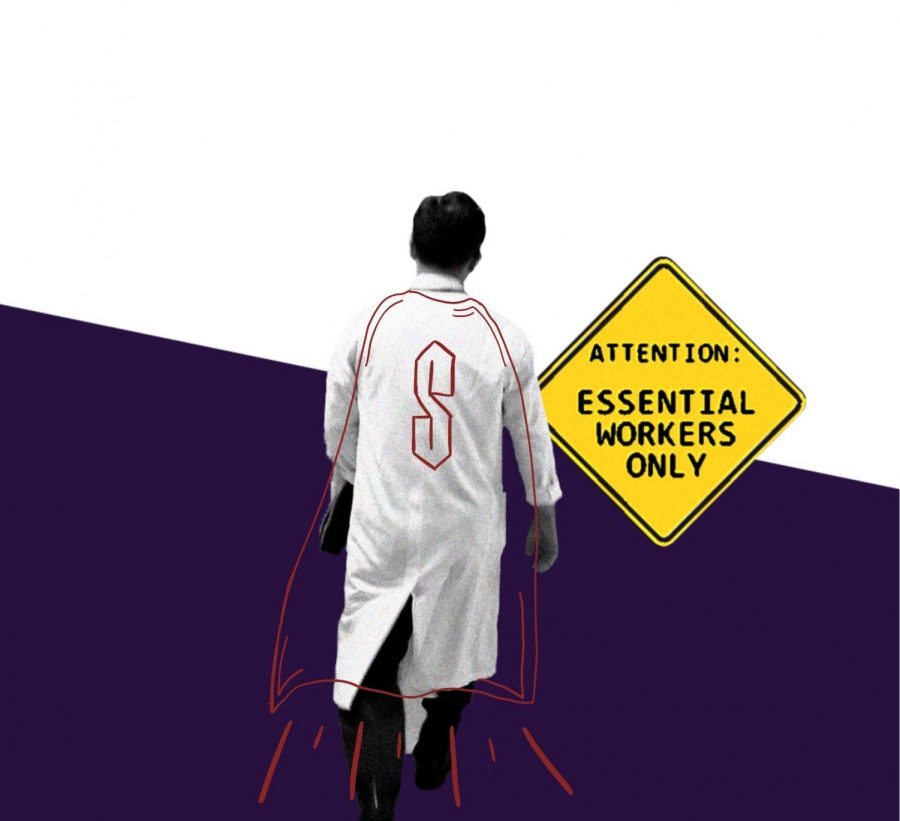If urban planners want people to come to their cities, they are going to have to start envisioning more than parking lots and strip malls with a few decorative shrubs thrown in alongside the curb for good measure. They are going to have to take into account the kind of communities they want to form around their edifices and avenues; through their architecting, they must figure out how they are going to shape the inhabitants into more than a car-clinging, nature-starved population.
If I step outside my apartment, I have several options: I can walk northeast, where there is a large park where dogs can run freely and where joggers and stroller-pushers share the same wide path. I can walk south, toward the center of Madrid where the pavement is always narrow and clean. And, I can walk in any other direction, following the sidewalk as it passes by numerous small stores vending in fruits and vegetables, or fish, or pastries, or shoes, or electronics or anything you can imagine.
The point is, I can walk. (My quiet goal, by the time the semester is over, is to walk every inch of this place.) Unless one is privileged enough-socially, monetarily and culturally-to live in a pockets of up-kept United States urbania, it is difficult to walk comfortably in our cities. The streets are wide and noisy. Cars fume with rush-hour impatience. Potholes will break your ankle if you aren’t careful.
Mostly, though, it’s depressing. There is nothing to see, no butchers slicing thin strips of prosciutto through windows that span the stores, no window displays of pretty wooden toys and accordions; there are few sidewalks cafes to idle in, no public plazas with fountains and monuments at the center, or even just green space.
In two square blocks of residential Spain, there is more community than in twelve blocks of normal residential St. Louis.
Sadly, that’s the point. Most American cities weren’t built with the intention of fostering local commerce and community. Our modernity has put urban planning in the hands of automotive companies, giving them free reign to spread their wide gravel paws all the way from Maine to Oregon, and it’s reflected in the types of neighborhoods and the attitudes of the people that live in them.
It is hard to expect somebody to eat healthily and go for a walk after dinner when the walkways are bleak, when it is easier to drive a few miles to the nearest Taco Bell rather than stroll to the corner market.
It is all about creating public spaces. Europe has managed to do that very well. Granted, the centers of most major European cities were built before automotive companies existed, but even the more modern outskirts have retained that communal sentiment. Clusters of restaurants still exist, and small parks spotting the cities for bike-riding, and avenues that make you want to crawl every inch of the area because you know they will never end in junk-yard strip-mall garbage-land.
Architecture shapes humans. When our cities keep us in our houses, it’s hard to expect us to care too much about them or form a connection to our environment or our neighbors.
Urban planners, take note.
Roberta Singer is a sophomore in the College of Arts and Sciences, studying in Madrid.






